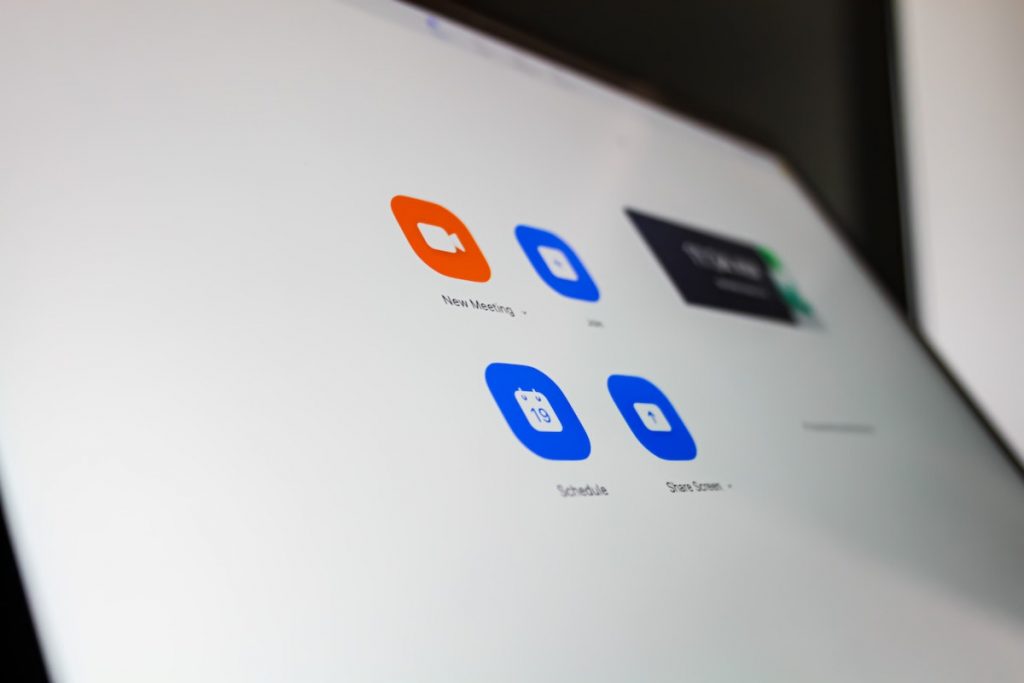
Think back to your first day of your current job. You were probably feeling nervous and excited — but at the start, those nervous butterflies probably overshadowed any new job enthusiasm. “Will people like me? Will I like them? Who do I ask if I have a question? What am I supposed to do in my downtime? Will I have enough work to fill my day? Where is the bathroom?”
Now take that and multiply it by 10. For those starting new jobs during the COVID-19 pandemic, things are confusing, to say the least. In this age of WFH, creating a well-designed virtual onboarding process will help ensure that remote employees feel comfortable and are quickly engaged in their new roles. Here are 8 top tips to help you create a successful process that will build connections between new and current employees, increase collaboration, and further the goals of your organization — not to mention, prepare them to eventually return to a non-remote work world.
PRE-BOARDING: THE SECRET KEY TO SUCCESS.
The time between accepting a job offer and the first day of work is a fantastic opportunity to engage new hires and begin to immerse them in your company culture before they officially start. Here are some examples of actions to take that will help set you and your new hire up for success:
- Have your new hire’s direct manager send them a personal message, welcoming them aboard. Or send a small care package that represents your team or your brand; just as you’d put some pens, mugs, water bottles, and other tchotchkes on your new hire’s desk on day one, sending your new teammate something small can go a long way.
- Set your new remote employee up with a mentor who can help show them the ropes; this will allow them to navigate any logistical hurdles and will also provide a sounding board should they encounter any hiccups along the way. It’s also a valuable professional development opportunity for the mentor — a win-win.
- Offer any home office recommendations germane to the job.
- If your new employee requires a laptop or some other piece of hardware, get it to them as soon as possible — ideally a couple of days before he or she starts.
- Share a list of all platforms and software used ahead of time to allow some time for familiarization.
- Send logins for all software ahead of the first day so that your new hire is ready to go.
- Use electronic signing and document systems to get any relevant paperwork signed.
- Document and provide remote work guidelines to let your new hire know what is expected of them.
Companies that use pre-boarding are better able to foster a sense of connection to the company and maintain a new hire’s sense of enthusiasm and excitement about their new role.
UTILIZE STORYTELLING.
Your virtual onboarding experience is an opportune time to highlight the culture and values of your organization. Do you have videos, blogs, articles, presentations, or newsletters that showcase the values that define your company? Leverage them. By sharing stories that demonstrate the impact your company has had on its clients and customers, you can help inspire new employees.
A WARM WELCOME GOES A LONG WAY.
Make time to do a mindful introduction of new hires to the team via video conference. Share salient details of their work experience and what they will be doing going forward. Have co-workers introduce themselves, taking time to explain what they do, with whom they work — and to make the process more personal, have them share an interesting fact about themselves. Doing so will help new employees feel as if they are part of the “family.” Helping foster a sense of connection and belonging in new hires is critical for a distributed team; a thoughtful welcome can set things on the right path from the start. And, finally, consider a fun icebreaker — like a virtual happy hour — so that your team can get to know your new hires and vice versa.
COMMUNICATION, COMMUNICATION, COMMUNICATION.
Enabling real-time communication is vital to successfully onboarding a remote employee. There are many ways to foster communication channels — chat, instant message, project management apps, company intranet, and more. Whatever modalities your company uses, it is essential that remote employees can begin communicating with their new colleagues as soon as possible. This will help them successfully adjust to new work processes and their new role.
GET ORGANIZED.
Confusion can easily occur when employees are located in different places, which is why organization is so essential when onboarding a new remote employee. To mitigate any possible hiccups, here are three simple ways to cultivate clarity:
- Create a project brief that outlines what you need from your new employee. Shared documents are a great way to do this (we are a fan of Google Docs).
- Create an overarching document that outlines the main project objectives, with links to other related documents for all team members.
- Create a task list that assigns each person to a specific task, along with the due date, so that everyone is on the same page.
ONE-ON-ONE TIME IS ESSENTIAL — ESPECIALLY FOR REMOTE EMPLOYEES.
Studies have shown that up to 20% of new hires resign within the first 45 days of starting a new role, often due to lack of clarity, confusion about process, and poor management. When the onboarding process is virtual, getting it right is even more critical, as the lack of physical interaction can make it more challenging to spot a potential problem. In a recent study conducted by LinkedIn, 72% of those surveyed said that “one-on-one time with their direct manager was the most important part of any pre-boarding or onboarding process.” Educate supervisors on the importance of carving out time for one-on-one meetings, and encourage management to prioritize spending time with new hires as an essential cornerstone of your company’s virtual onboarding process.
CULTIVATE CULTURE.
Company culture can get lost in the shuffle for remote employees under normal circumstances. And now that COVID-19 has now made us all remote employees, imparting a sense of your company’s culture to a new hire is all the more important. Coaching and mentoring are key ways to culturally onboard a remote employee. Pair your new hire with an “on-site” member to help foster communication to ensure that virtual employees can check in about workflow, company values, and performance expectations, among other things.
When employees feel connected to company culture, they are more willing to work hard and feel that their contributions are making a real impact. A LinkedIn survey of more than 3,000 American professionals found that 70% of those surveyed would leave a top company if it had a bad culture. 71% disclosed that they would take a pay cut to work for an organization “that shares their values and has a mission they believe in.”
BE NIMBLE. ASK FOR FEEDBACK AND ACT ON IT.
Let’s face it — we are all in uncharted territory. For most companies, virtual onboarding is a new process. Even with all the best intentions, you may not get it perfectly right the first time. Or the second. And that’s okay. Ask for feedback from new hires so you can be agile and continue to optimize the process for your company. Look at this as an iterative, continuous learning process that you can continue to enhance — that will help ensure the best possible outcomes for your organization.
Today’s environment is definitely not business-as-usual for any of us. But with some mindful planning, virtual onboarding can be a successful process for all involved.
About the author.
An award-winning creator and digital health, wellness, and lifestyle content strategist — Karina writes, edits, and produces engaging content across multiple platforms — including articles, video, interactive tools, and documentary film. Her work has been featured on MSN Lifestyle, Apartment Therapy, Goop, Psycom, Pregnancy & Newborn, Eat This Not That, thirdAGE, and Remedy Health Media digital properties. You can see more of her work at karinamargit.com.




